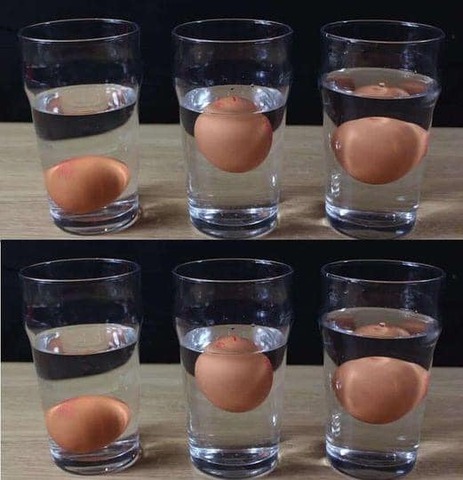ADVERTISEMENT
**How to do it:**
– Crack the egg into a bowl.
– **Fresh egg**: The yolk will be bright yellow or orange and will sit high in the center. The egg whites will be thick and hold their shape around the yolk.
– **Older egg**: The yolk may be flatter and the whites may spread out more thinly, indicating the egg has lost its freshness. The whites will also appear more watery.
**Why it works**: Fresh eggs have thicker whites that don’t spread out as much, while older eggs lose moisture and produce thinner, more spread-out whites. A fresh egg also has a more vibrant yolk color.
### **5. Check the Expiration Date and Storage Conditions**
While the above methods help you assess the freshness of eggs you’ve already purchased, it’s always best to start with eggs that are properly stored. Eggs should be kept in their original carton in the fridge to maintain freshness.
**How to do it:**
– Check the **sell-by or expiration date** on the carton (note: eggs can often be good a few days after the sell-by date, depending on storage conditions).
– **Proper storage**: Make sure eggs are stored in the coldest part of your fridge, typically at a temperature of 40°F (4°C) or lower. Also, eggs should remain in their original carton to protect them from absorbing odors from other foods.
**Why it works**: Proper storage can prolong the shelf life of eggs. If eggs are stored correctly, they can last 3–5 weeks past the sell-by date.
—
### **Conclusion:**
By using these five simple methods—**the water test, sniff test, shake test, crack appearance, and checking expiration dates**—you can easily determine if an egg is fresh or spoiled. While fresh eggs are the best choice for your recipes and meals, knowing how to spot a rotten egg can help prevent any unpleasant surprises. Always trust your senses, and when in doubt, it’s best to discard any egg that shows signs of spoilage to avoid any potential foodborne illnesses. Happy cooking!
ADVERTISEMENT
